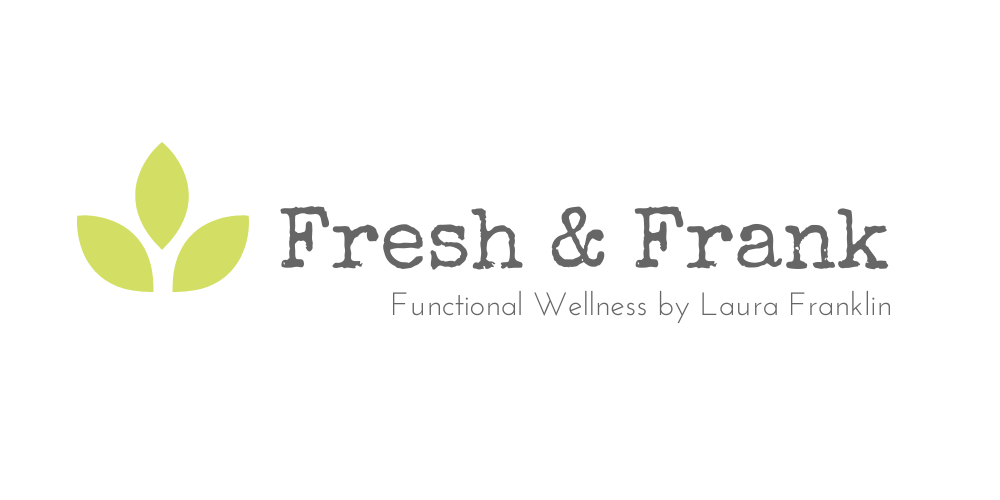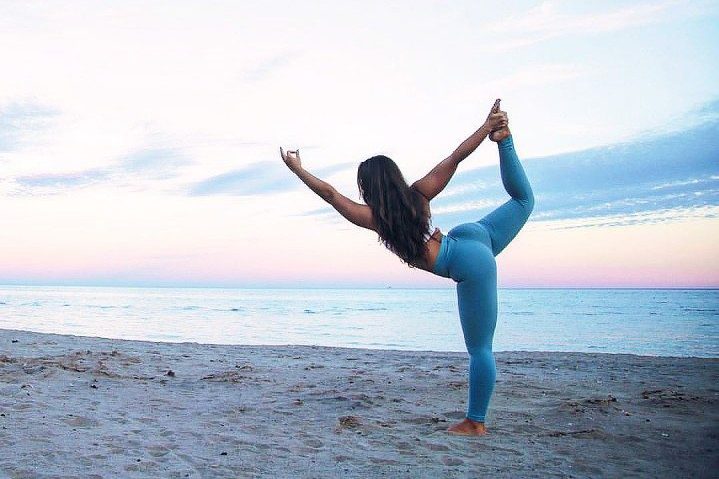GUEST WRITER BLOG POST BY MEG O’REILLY:
Just eight months ago I would have described myself as a devout yogi who, over the course of ten years, experienced countless mental, physical and spiritual benefits as a result of my regular practice. When I was 17 years old, hot yoga was a workout I would do with a group of friends. At that point it was such a new concept that this type of class wasn’t even offered in my hometown – we’d pack in the car and drive 45 minutes to the only hot studio around. Sweating like never before, I was most invested in the physical ‘fitness’ results (read: wanting to look great for prom). Over the course of university it became a way for me to relax by quieting the anxious chatter in my mind that I otherwise wasn’t in control of at that point in my life. By the time I started my career, the yoga studio felt like home. A major source of comfort for me was the spiritual connection I’d also begun to feel through my practice. I mainly stuck with the Moksha standard and flow series but experimented with Yin and Ashtanga at other studios as well, when I moved to Toronto.
After 7-10 years of practice I was pretty advanced and very flexible, challenging myself through increasingly difficult pose variations while maintaining a zen state of mind that I had trouble harnessing when I wasn’t in class. One of my favourite parts about practicing yoga was the attitude towards doing what you can with what you’re working with at that moment in time. I loved that there was no pressure to do every single pose and often took the opportunity to hang out in savasana when I felt like it. On the other hand, if I had the energy, I would absolutely follow along with the full series of poses. Yoga was ingrained in my self-identity and participating in a challenging class from start to finish felt really validating.
Recounting the evolution of my yoga practice and how it served me as I grew up, it sounds pretty ideal. From a spiritual and mental health perspective it really was, as it provided a foundation for the mindful, intentional lifestyle I strive for today. Physically, however, throughout that decade I experienced some major challenges with chronic hip and back pain. When it was bad, the pain was relentless and truly drove me to distraction. It flared up at times I couldn’t seem to predict and would get to the point where walking, sitting and even lying down felt uncomfortable. I went through countless tests that cleared the possibility of any serious underlying medical condition – proving that I was, in fact, a perfectly healthy woman in her early twenties. My doctor referred me to a chiropractor and the treatments gave me some relief, but without any type of explanation as to why the pain kept coming back. The sharp stabbing and pinching sensations were pretty regular and not seemingly triggered by anything in particular. I was often told by professionals to stretch out the pain and would feel incredibly frustrated as I felt no relief in doing so. As a result of this advice I assumed that yoga would help and that the deeper I could go into a pose, the better.
Sick and tired of treating symptoms that I couldn’t understand for the life of me, I started looking for another type of professional opinion. I began seeing a physiotherapist who referred me to the clinic’s osteopath. It was only after my first osteopathy appointment that everything finally started making sense, as she immediately recognized hypermobility in my joints and explained the impact that this genetic characteristic can have. There were several contributing factors that were aggravating my body and it turns out that one of them was yoga, with many of the poses I was doing subsequently moving my joints out of place and causing pain. I was astounded by the irony that in doing something to cultivate self-awareness and strengthen my body I had been inadvertently hurting it for so many years.
Through this experience I learned the importance of really listening and responding to what your body is trying to tell you, and that what you need on any given day is not necessarily the entire sequence of yoga poses offered in class.
Whether you’re brand new to yoga or have been doing it for a while, here are a few ways to ensure that your practice is giving you what you need:
-
- Always Actively Listen To Your Body
Great yoga teachers begin class by asking you to check in with how you’re feeling in that moment and emphasizing the need to tailor everything you’re about to do to that. The more classes you go to, the easier it is to hear but not really listen to this important direction. Take the opportunity to let go of your thoughts and simply feel the sensations within your body more often, especially before, during and after you practice. Track how you’re feeling from day-to-day in the notes on your phone or a notebook to recognize patterns and what might be causing you to feel less than your best. - Explore Your Options
There are many styles of yoga out there and it’s worth taking the time to find the ones that work best for you. To name a few: Classes referred to as ‘Hatha’ tend to be a great introduction to basic yoga poses, moving at a slower pace and giving you the chance to learn the fundamentals. Moksha and Bikram yoga studios offer hot classes where you move through a sequence of poses in a room set to 100 – 105 degrees Fahrenheit. Vinyasa classes are intensive, flowing quickly. Ashtanga classes are somewhat similar in terms of pace, but involve a specific set of postures. A lot of studios offer a range of these different styles, with pricing specials on your first monthly ‘unlimited’ package. This can be an amazing way to get to know the studio and teachers, and try out a variety of styles all at once. - Seek One-On-One Consultation
Consider private or semi-private classes that allow you to consult with a teacher one-on-one. Having their full attention, or at least more of it than in a large class, will allow you to ask questions and implement their feedback on the spot. If something isn’t feeling right they can walk you through alternative modifications until you find the one that works best. There may be poses that for whatever reason do not benefit your body, which they can help you to identify. If joining a smaller class is not an option, save your questions and take advantage of the opportunity to ask teachers who make themselves available at the end of a larger class. - Make It Your Own
Begin implementing the posture modifications and omissions you’ve identified. In a class setting this can feel weird at first, as we’re so conditioned to want to follow along and ‘keep up’. Remember that one of the best parts about yoga is that there is zero pressure to be the same or better than anyone else – no one cares! It’s all about achieving your personal best, which is constantly changing with countless variables in your day-to-day life. Once you’ve identified the postures you benefit from the most, curate a completely customized practice at home. Create a little ritual, regularly setting aside time to roll out your mat and mindfully run through the personalized sequence. Make it feel special by incorporating relaxing music and your favourite candle, essential oils or incense.
- Always Actively Listen To Your Body
My own health and wellness journey has lead me to discover that the majority of what is offered at a yoga class is actually not what my body needs right now. Instead, I’ve turned to physiotherapy and pilates to strengthen the muscles around my joints, incorporating select yoga poses that I find helpful into an at-home meditative routine. I also fit in regular cardio, both at the gym and outdoors, as I’ve found that it prevents the pain from happening and walking is the only thing that helps when I start to feel like my joints are out of place or locking up.
Whether your approach to fitness includes yoga or not, customizing and continuously re-evaluating your routine based on what your body is telling you is crucial to feeling your best. It’s important to remember that with time, your body will change, requiring your self-awareness to be ongoing and your self-care to be ever-evolving. As I experienced firsthand it can take persistence, engaging many professionals for support and persevering through the disappointment and frustration of trial and error. I’m happy to say that for me it all paid off – at this point in my journey I’ve never felt better.
There is no doubt in my mind that investing time and energy into listening and responding to your body is the key to feeling amazing and living your best possible life.
Meg O'Reilly
Latest posts by Meg O'Reilly (see all)
- How to Tap Into the Power of a Personalized Yoga Practice - May 24, 2017

